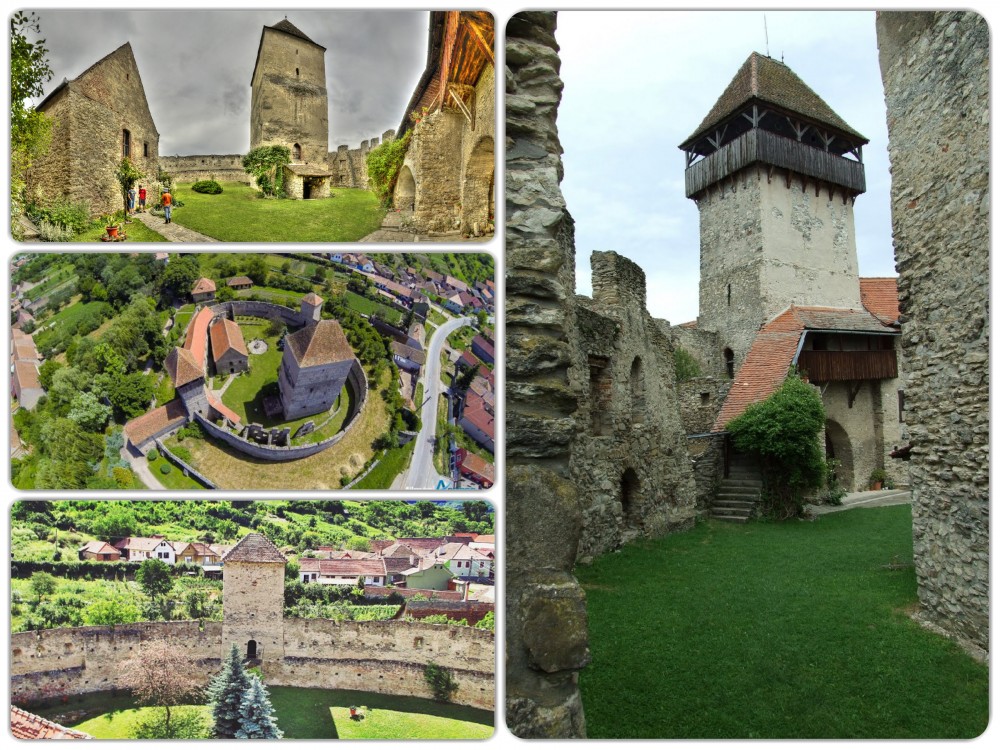Câlnic Fortress
The peasant fortress from Calnic is situated in the village with the same name, positioned between Sibiu and Sebes, in Alba County and it is known as one of the most spectacular Romanian architectural monuments.
The charm of the fortification is given by the combination of the architectural style specific to the noble residences with the elements characteristic to the fortifications from the free rural community.
This combination is explained by the history of the fortress. Until 1430, the Fortification from Calnic was known as the residence of the Saxon seniors. Initially it had a large tower also used for living, a defence one and the gate tower, all connected by walls forming an oval shape.
Later on it was bought by the peasants in the town, who added new walls, reinforced the gate tower and raised a chapel in the inner yard.
Thereafter in the sixteenth century, other improvements were brought to the Fortress from Calnic. Thus, the second chamber was built, which led to additional floors to the dungeon, transformed later on into a simple tower of defence, with two floors and a height of over 20 meters. In the same period there were also raised pantries for supplies along the walls.
Later on, after the Second World War, the Calnic Fortress was restored by the State.

As a result of archaeological researches realized in the area and thanks to the historical value and the state of good conservation of the Fortress, the fortification from Calnic entered the UNESCO World Patrimony List.
Over time, a series of events were organized in the citadel, consisting in documentary and art exhibitions.
Subsequently, the chapel was turned into a hall meant to hosti colloquiums, organ concerts, auditions of Medieval, Renaissance or Baroque music, symposiums and conferences.
Very close to the citadel there is also the Evangelical Parish House, built in the sixteenth century. Currently, it has been turned into a documentary library of the “Ars Transsilvaniae” Association of Romania.
Above the Parish House the Great Church of the Saxons rises, which was built by the village community, being positioned in the middle of the cemetery.
Today, the Calnic Citadel organizes a series of educational activities consisting in creativity camps with international participation, summer courses that concern the history of art and last but not least, scientific manifestations.

